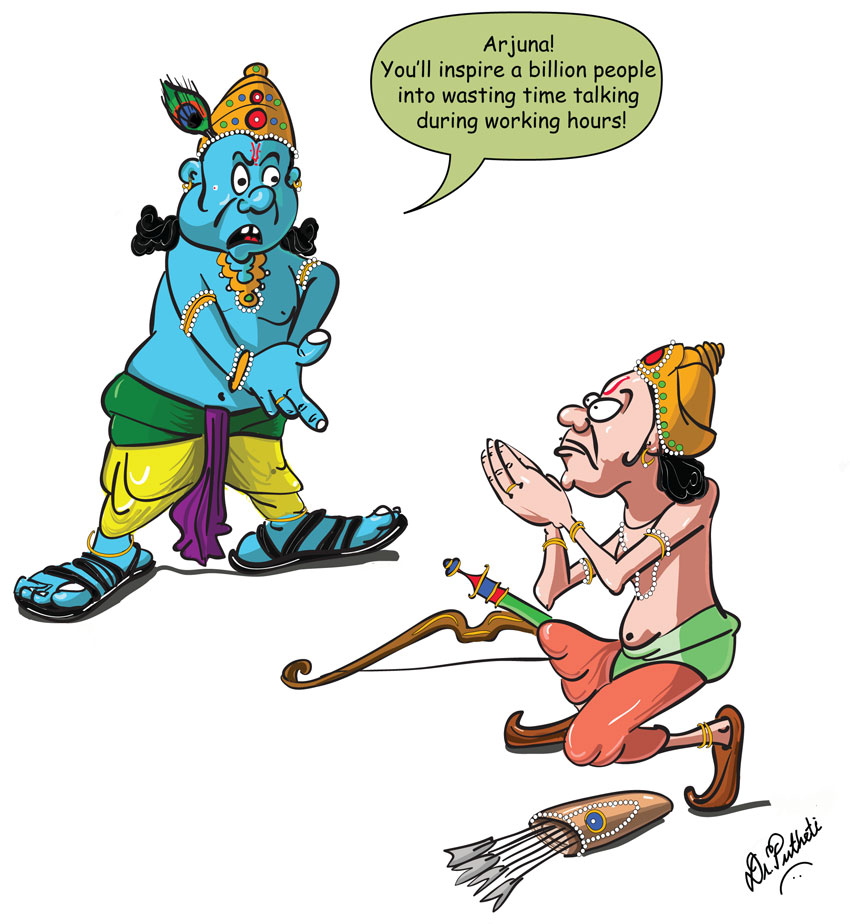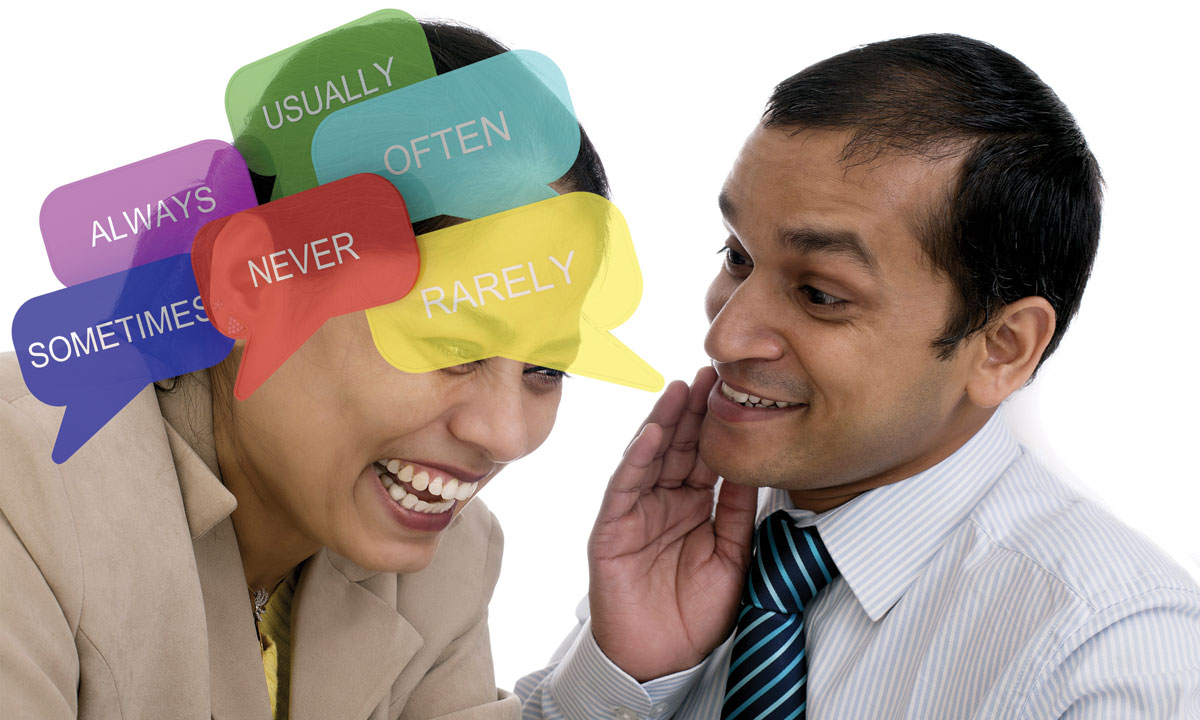THE TALKATIVE INDIAN
Nobel Laureate Amartya Sen described Indians as argumentative. I think, we Indians are talkative in general and our arguments are a side effect of this basic weakness. As per Census of India 2011, we have more cell phones than toilets in India. We hold Guinness record for delivering longest speech at the UN, writes Prabhakar Putheti.
I watched a Rajnikanth movie recently. He says, “A Japanese would die if he doesn’t work, a Chinese would die if he doesn’t gamble, a British would die if he doesn’t think he is great, and an Indian would die if he doesn’t talk.”
I could not avoid recollecting my pathetic encounter with my friend’s boss.
Last year, I visited my friend at his office in Boston. His Indian Boss, Prof. Pandey, invited me into his office and offered a cup of coffee. Prof. Pandey has stage-three weakness of talking. He enjoys talking and to him what he says is more fascinating than what you have to say; whether you listen to all that he says is not his concern. You sit there shaking your head in agreement and you do that for two hours at a stretch. If you say something to stay in conversation, it only feeds the region in his brain that controls talking. He can talk about anything and everything you say. He is a talkaholic.
The helplessness I felt sitting in his office is unprecedented. I imagined myself as Sanjeev Kumar chained in the movie Sholay. And I pictured him as the Gabbar Singh saying, “Yeh Kaan (ears) Mujhe dede Thakur.”
Although garrulous Prof. Pandey is an extreme example in my life, my careful recollection of my past encounters with Indians hardly gave me any evidence that Indians talk less. Amartya Sen, Indian economist and Nobel Laureate, wrote an articulate book that he titled “The Argumentative Indian.” I personally think that we Indians talk in excess and our arguments are a side effect of this basic weakness. We have a Guinness record for delivering longest speech ever at the United Nations. Indian politician V.K. Krishna Menon, although a great orator, talked for approximately eight hours at UN in 1957.
I think, there are two kinds of talkers in Indians — one talks and the other talks with eloquence. The latter includes many successful orators that we read about in history books or have the pleasure of watching on television. The former kind is easily accessible and if we happen to recollect any of this kind from the past, an instant discomfort like shortness of breath and thumping headache is experienced.
Having done Doctorate in Philosophy, I have a special interest in philosophy. I always wondered how can a conversation between two individuals result into 700 page scripture — Bhagawad Gita. I believe Lord Krishna had to display his Vishwaroop not to convince Arjuna, but to intimidate him to stop talking and get back to work.
Apart from religiously reading Bhagawad Gita, I meticulously follow early morning philosophy programs telecasted in television channels. I had been the biggest follower of three Swamis in particular, and admired their ability to engage audience for long hours. Although, two of the Swamis are in prison now, and the other is absconding, I have great esteem for their oratory skills. At very young age, these swamis trained themselves to put their talking skills in a direction. Over time, they converted from mere-talkers to persuasive-talkers.

In a country with 22 official languages, swamis as well as the majority of Indian population master more than one language just so that they can talk. We do stop talking to others occasionally, especially to our relatives that we don’t get along with. In fact, preventing relatives from talking to us is the biggest punishment we impose on them. And cutting someone off while talking may be considered boorish in the U.S., but it is a norm for Indians. We just can’t hold ourselves from talking.
I think we prefer things that are long. Our names, ceremonies, movies, cooking, and sport (cricket) are all lengthy. We like to take our own time in conveying, completing, and achieving. No wonder, we have more cell phones than toilets in India. We don’t have the skill to put the words precisely. Most likely, lack of this skill in storywriters is the reason why our movies are three hours long, whereas Hollywood movies are crisp and are wound up in one and half hours. Wikipedia’s list of longest Indian movies by running time include Mera Naam Joker (4h15m; Hindi), Sangam (3h58m; Hindi), Lagaan (3h44m; Hindi), Kabhi Khushi Kabhie Gham (3h30m; Hindi), Dana Veera Sura Karna (3h53m; Telugu), and Thavamai Thavamirundhu (4h35m; Tamil). In these days, where Hollywood movies have no intermissions, intermission is mandatory for Indian movies. Both Mera Naam Joker and Sangam had two intermissions. It is no brainer to guess what we do in intermissions. We talk.
I always complained to my wife about my talkative uncle. Recently, when I met this uncle at a ceremony, with great pain he shared, “My cousin talks so much that I cannot take it anymore. He often tells the incidents that he had already told me. In spite of hinting that I know, he doesn’t stop.” I recollected that all of the talkative people that I had encountered earlier complained in-turn about other talkative people. They like to talk and love their listeners, but they do not like another talker. It is an irony that talkative people are frustrated of other talkative people.
Like a famous expression, Anything you can rightly say about India, the opposite is equally true, we do have quite a few quiet people like our ex-Prime Minister, Manmohan Singh, and that is why they become the topic of discussion for one billion talking population.


